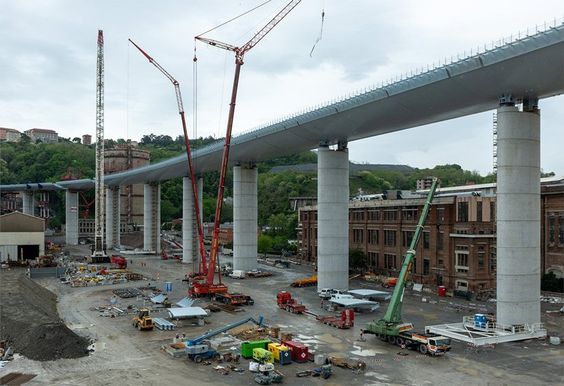Introduction
The Forth Bridge, an iconic symbol of Scotland and an engineering marvel, still stands strong over 130 years since its completion in 1890. As a testimony to its construction quality and innovative design, the bridge serves as a valuable case study of secondary assembly, demonstrating the importance of doing the job properly.
The Forth Bridge’s Construction Challenges
The construction of the Forth Bridge required overcoming numerous challenges. Designers Sir John Fowler and Sir Benjamin Baker faced harsh environmental conditions, such as strong winds, tidal currents, and corrosive effects on the ironwork. Additionally, they needed to devise a design that could bear heavy weights to support trains and maintain stability over long spans.
Innovative Design Solutions
Fowler and Baker developed a unique cantilever design that met these challenges head-on. The innovative use of steel beams arranged in triangular trusses allowed the structure to provide a strong foundation while distributing weight effectively. Each cantilevered section of the bridge connected by central spans provided flexibility to withstand environmental pressures.
Quality in Secondary Assembly
During the bridge’s construction, secondary assembly played a vital role in ensuring its longevity. Skilled workers assembled smaller supporting components such as cross members and bracing with precision and accuracy. Accidents during construction led to improvements in safety measures for workers.
Each component had to be carefully manufactured and inspected before installation, ensuring alignment with design specifications. Supervisors verified every aspect of assembly in multiple stages while preserving safety standards for future train travel.
Resulting Successes
By prioritizing quality secondary assembly practices throughout the Forth Bridge’s construction, project leaders ensured its ongoing success:
1. Longevity: Over 130 years later, the Forth Bridge remains in regular use without major structural failures or lasting issues.
2. Recognition: In 2015, UNESCO designated it as a World Heritage Site, acknowledging its architectural achievements and global significance.
3. Impact on engineering: The bridge set a precedent for future large-scale projects that depend on proper secondary assembly and construction quality, as it is essential to overall structural integrity.
Conclusion
The Forth Bridge’s exceptional craftsmanship, innovative design, and attention to detail during secondary assembly illustrate the importance of doing the job properly. As an engineering marvel, the bridge serves as a valuable lesson in the benefits of prioritizing quality construction processes in every project, big or small.





